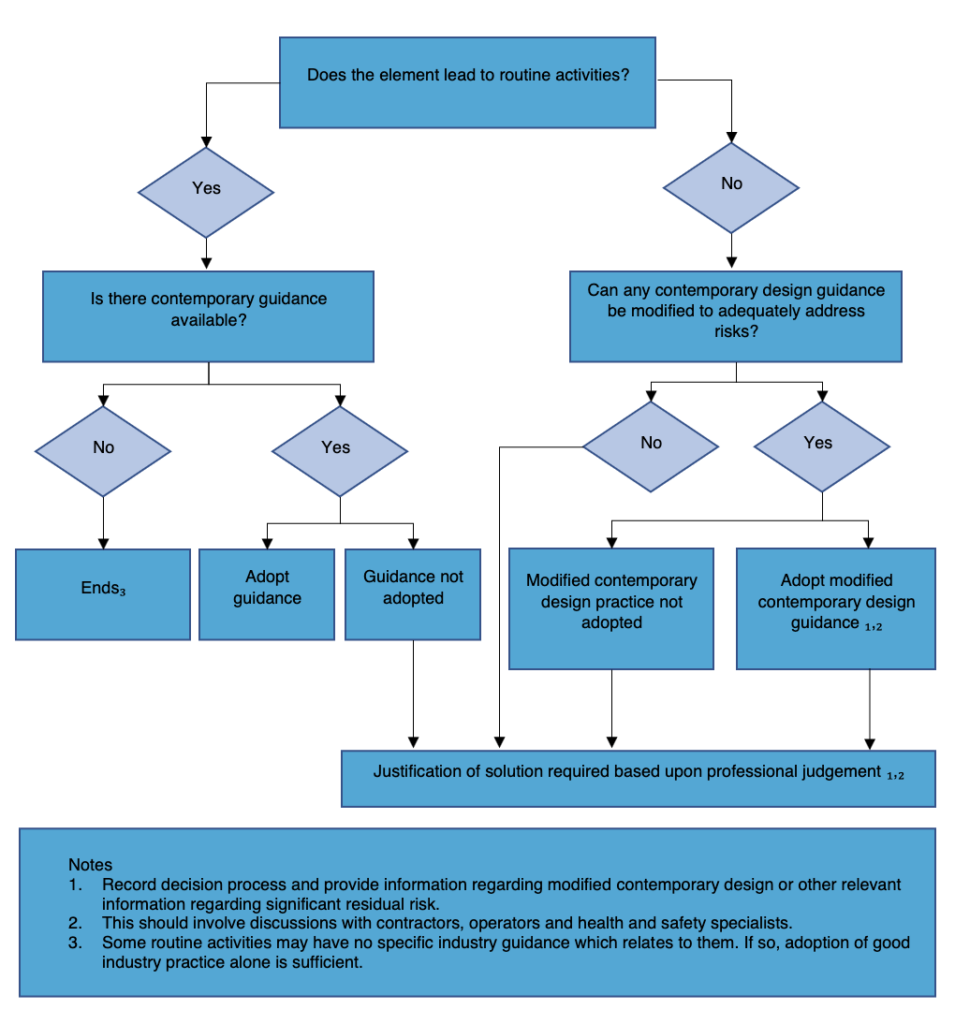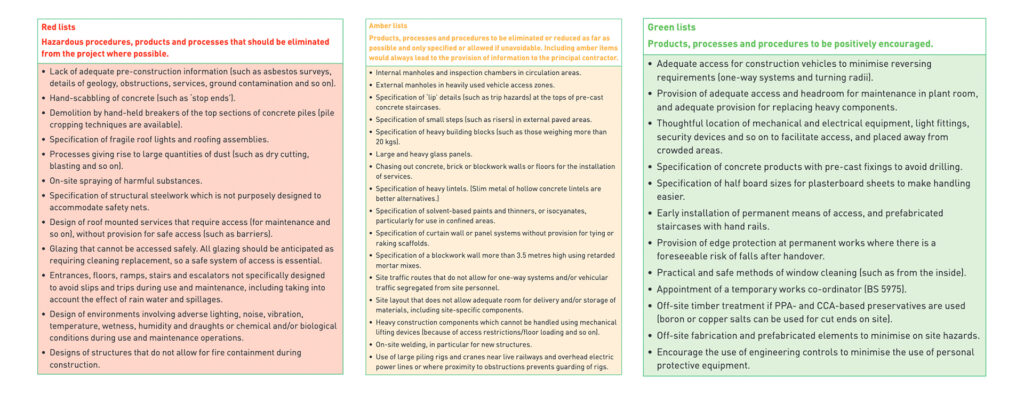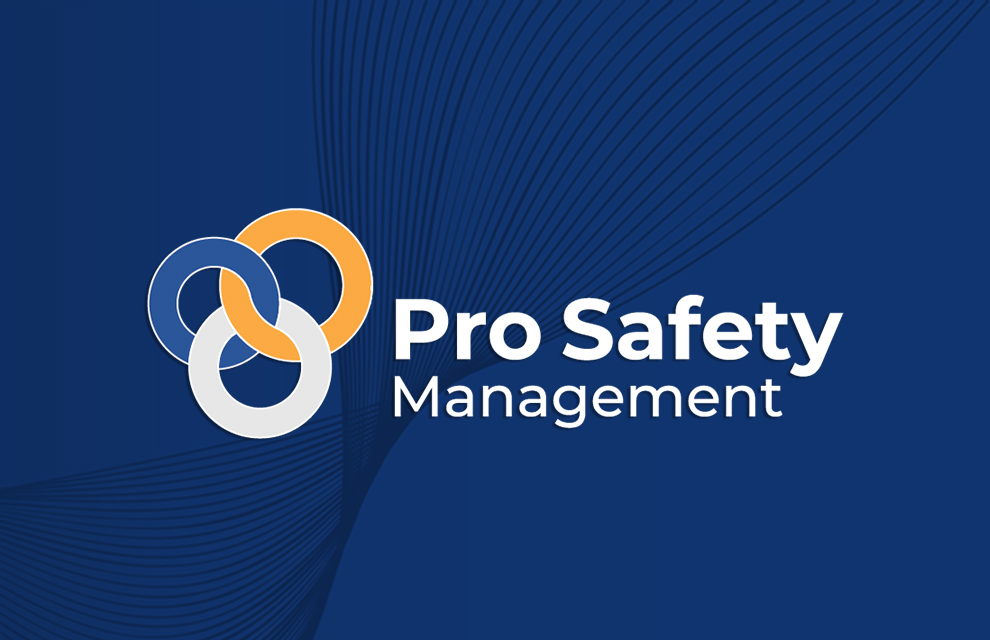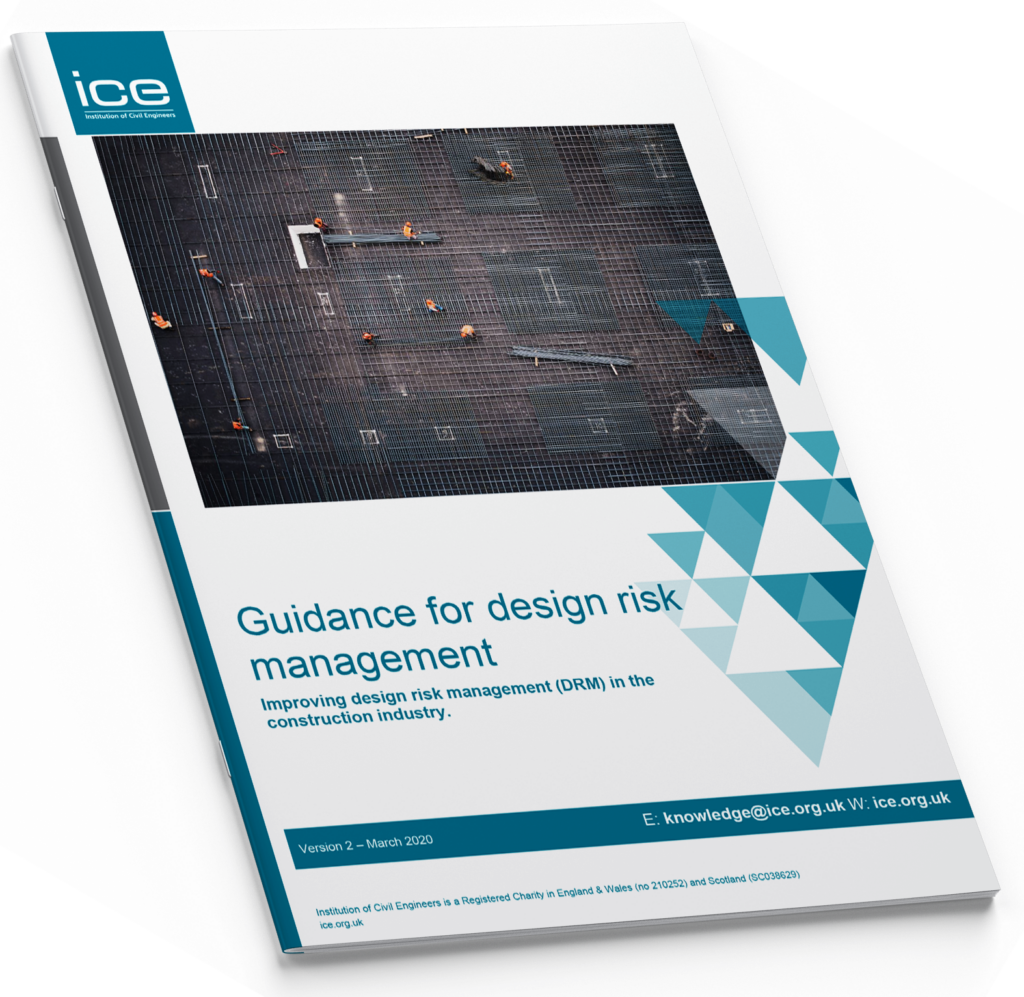
I hope you enjoy reading this blog post.
If you want my team to just do your health and safety for you, click here.
Telecoms Designer Risk Assessments: How Detailed Should They Be?

When it comes to design and risk assessments in the telecoms industry, there is often a question of how detailed these assessments should be.
In this blog, we will explore the importance of finding the right level of detail in a telecoms designer risk assessment.
We will discuss the guidance provided by the Institute of Civil Engineers (ICE) and shed light on the factors that determine the extent of information required.
By striking the right balance, designers can effectively communicate crucial information to contractors and ensure safety and compliance.
Understanding Contemporary Design Guidance
In the realm of telecoms design, it is vital to be well-versed in contemporary design guidance. This refers to standards established by recognized bodies within the UK or international organizations that focus on health and safety. Adhering to these guidelines ensures that the contractor possesses the necessary competency to comprehend and implement the design requirements.
Here are some additional resources on contemporary design guidance:
CITB Industry guidance for Designers
ICE Guidance for design risk management
Competency and Standards
Designers should not be burdened with specifying every minute detail for contractors. Instead, they should rely on the contractor’s competency, which should stem from their understanding of the applicable guidance and the standards within their organization. By trusting the contractor’s skills and training, designers can avoid overwhelming risk assessments with excessive detail.
Routine Activities vs. Nonstandard Designs
The level of detail required in a telecoms designer risk assessment depends on the nature of the activity. Routine activities may only necessitate basic information, such as notes on drawings or a concise summary on a specific sheet. However, when dealing with nonstandard designs or unusual designs, a more comprehensive approach is essential. This is where the use of the Institute of Civil Engineers Guidance for design risk management document provides a template to capture this information.

Recording Design and Risk Management Decisions
To effectively capture and communicate nonstandard designs or unusual design, the Institute of Civil Engineers (ICE) provides a helpful example in Appendix C of their Guidance for Design Risk Management document. This appendix outlines a form for recording design and risk management decisions, providing a structured approach to document vital information.
Communication and Consultation
For non-standard and unusual design, its important for the designer to make sure that the contractor is consulted so that they can discuss any buildability concerns. For example, the information about any remaining significant risk(s), that is risks that a competent contractor or another designer would consider less obvious, unusual, unexpected or difficult to manage, should be communicated in a format that is suitable for use by those that need to know.
Another useful tool for designers to communicate design risks is using the CITB Red-Amber-Green lists from their Industry guidance for Designers:

Recommendations and Accessibility
Telecoms designers are encouraged to read the Guidance for Design Risk Management document, as it offers valuable insights and examples. Despite its importance, the document is relatively short and accessible. It aims to simplify the process, ensuring that designers and contractors can navigate risk assessments effectively without unnecessary complexity.
Summary
Finding the right balance of detail in telecoms designer risk assessments is crucial for effective communication and compliance. By understanding contemporary design guidance, relying on contractor competency, and utilizing the provided resources like Appendix C from the Design Risk Management document, designers can ensure that risk assessments convey essential information while avoiding unnecessary complexity. Striving for clarity and accessibility is key to fostering a safe and compliant telecoms industry.
Need further support?
Contact us for further support, guidance, and expert assistance. Let’s ensure you safety and compliance together.
Do you want better compliance?
Hey, I’m Alex Burbidge. I’m determined to make a business health and safety compliant. My only question is, will it be yours?

About Pro Safety Management
We are a Specialist Telecoms Health and Safety Consultancy with over 40+ years experience. Serving some of the global leading telecommunication companies, we provide specialist and strategic health and safety management ensuring operational standards at the highest level.
Do you want better compliance?
Hey, I’m Alex Burbidge. I’m determined to make a business health and safety compliant. My only question is, will it be yours?




